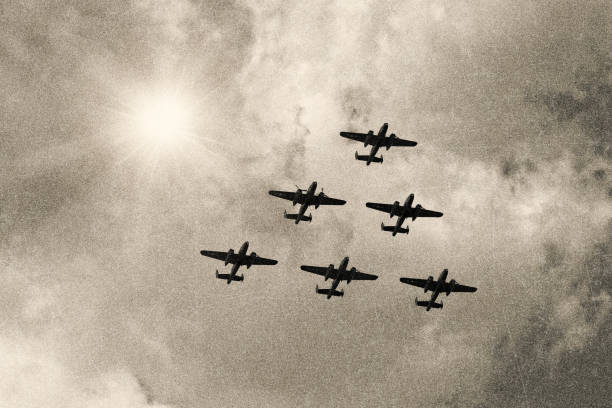🔥 The War for Oil Beneath the War
World War II wasn’t just a clash of armies and ideologies—it was a war driven by machines, and machines needed fuel. At the heart of the global conflict lay a fierce and often overlooked battle: the Axis and Allied struggles over oil access. From the deserts of North Africa to the oil fields of Eastern Europe and the Caucasus, both sides knew that victory would hinge not just on tactics or courage, but on controlling the lifeblood of modern warfare—crude oil. Beneath every tank charge and bombing raid was a deeper contest for energy dominance.
For both Axis and Allied powers, oil wasn’t just fuel—it was strategy, survival, and supremacy.

🛢️ Hitler’s Desperate Hunt for Crude
Nazi Germany began the war at a serious disadvantage: it lacked natural oil reserves. To power its war machine—Panzer divisions, Luftwaffe bombers, U-boats—it relied on two primary sources: synthetic fuel made from coal, and imported oil from Romania’s Ploiești oil fields.
Ploiești became one of the most vital—and vulnerable—energy hubs of the war. Hitler’s armies guarded it like a crown jewel, knowing that losing Romanian oil would be a crippling blow. As the Allies advanced, American bombers launched devastating raids on Ploiești in 1943, risking high casualties to sever the Nazi oil lifeline.
But Hitler wasn’t just defending oil—he was chasing it.
🗺️ Operation Edelweiss: The Dash for Baku
In 1942, the German High Command launched Operation Edelweiss, a bold campaign to push deep into the Soviet Caucasus and seize the Baku oil fields on the Caspian Sea. These fields produced much of the Soviet Union’s oil supply, and Hitler believed capturing them would starve Stalin’s tanks and planes of fuel.
But geography and grit worked against the Wehrmacht. The mountainous terrain of the Caucasus proved brutal. Soviet resistance stiffened. And at Stalingrad, just north of the oil route, the German advance collapsed. Hitler’s army never reached Baku. The prize was in sight—but never in hand.
The oil stayed with the Soviets—and the tide of the war began to turn.
⛽ The Allied Advantage
In contrast, the Allies—especially the United States—had no such shortage. American oil fields in Texas, California, and the Gulf Coast pumped out millions of barrels. Tankers crossed the Atlantic under constant threat of U-boat attack, supplying Britain and the Soviet Union with the fuel they needed to keep fighting.
Oil powered the Sherman tanks, the P-51 Mustangs, the Liberty ships, and the D-Day landing craft. It kept the skies buzzing and the factories running. The United States didn’t just have troops—it had an energy surplus, and it poured that fuel into the Allied war effort like water on fire.
This was the true meaning behind President Roosevelt’s phrase: “the Arsenal of Democracy.”
⚠️ Oil as Target, Oil as Lifeline
From the bombing of Ploiești to the defense of Baku, oil dictated the rhythms of World War II. Generals and admirals became logisticians. Battle plans were measured not just in miles, but in gallons. Victory no longer depended solely on bravery or tactics—it depended on access to fuel.
And as the war drew to a close, one lesson burned brighter than any oil fire: the side that controls the oil controls the war.
